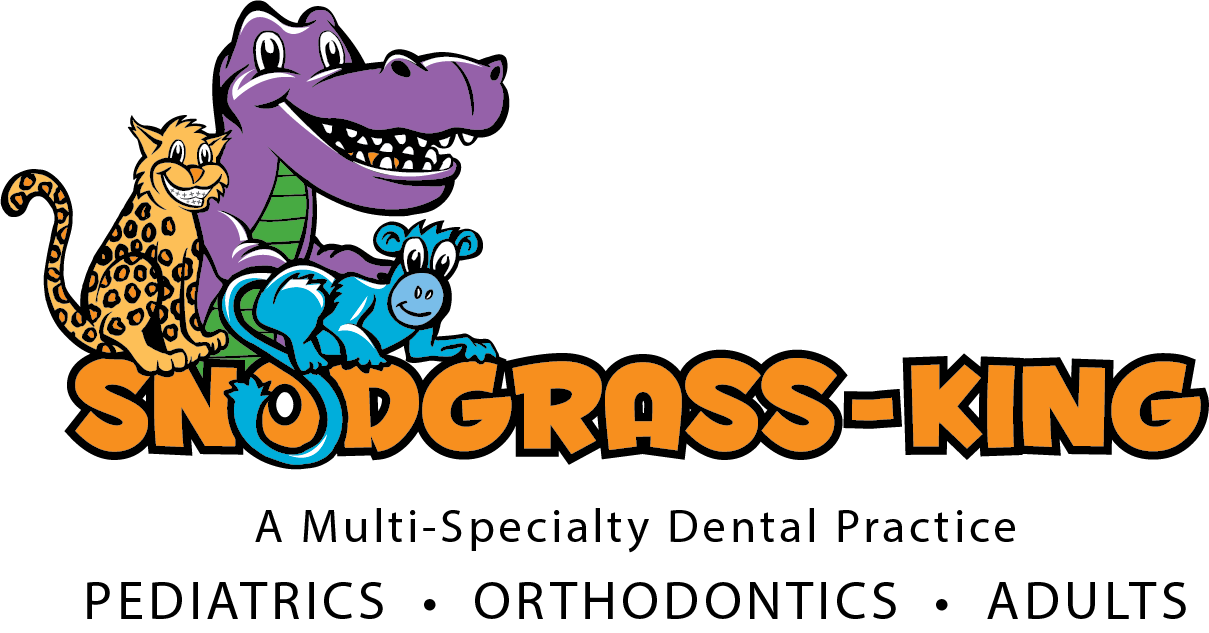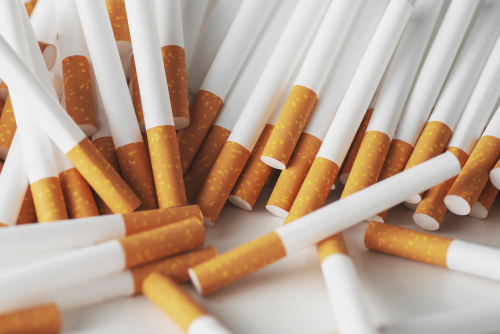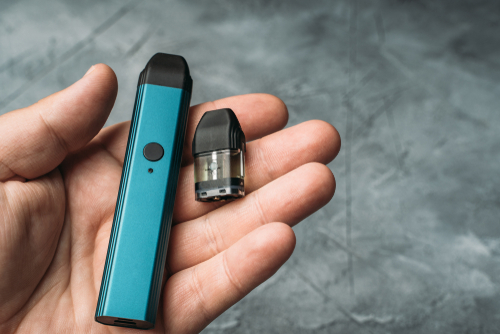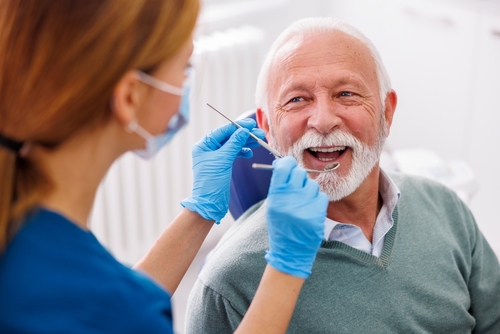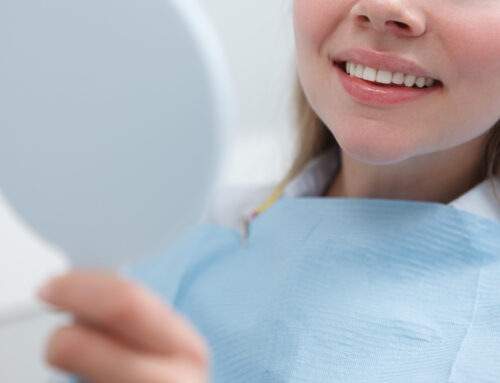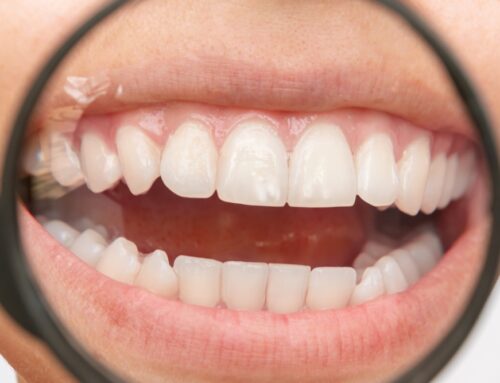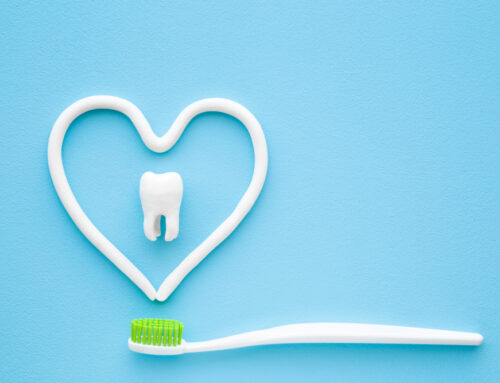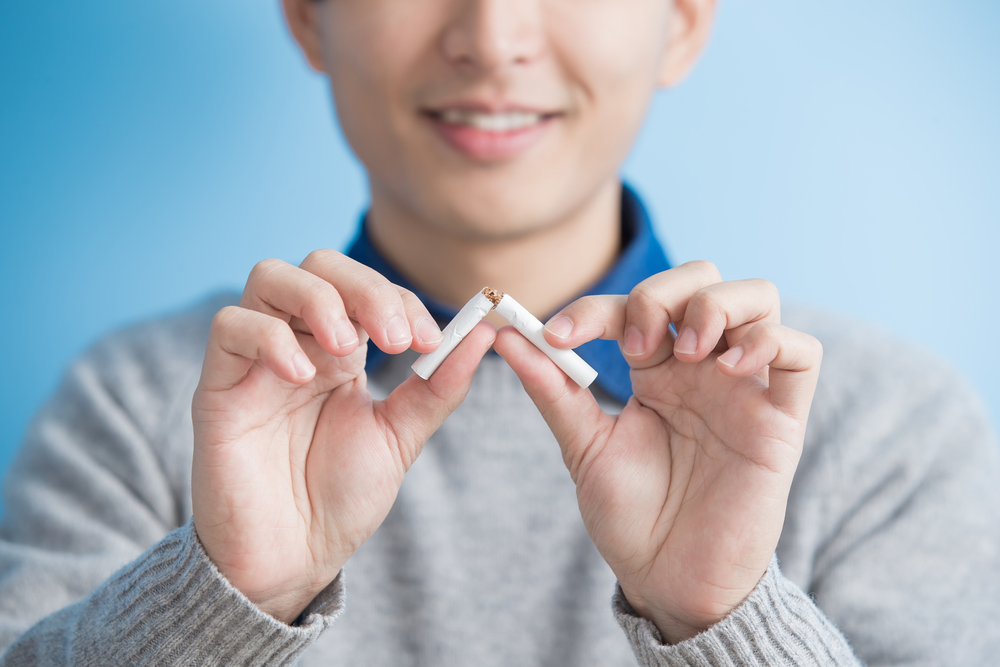 Tobacco Use in Teens And Adults
Tobacco Use in Teens And Adults
These days, you may have started to see more and more information about the long-term effects of smoking. As dental professionals, we think it’s great to stay informed. Today, we’ll talk about a specific aspect of smoking — tobacco’s effect on our teeth. Hopefully, this article will help you stay informed and encourage you to avoid smoking.
What Is Tobacco?
Let’s start with some basics.
You’ve probably heard of cigarettes and tobacco before, but what exactly is tobacco? In short, it’s a plant that contains nicotine. The leaves of this plant are processed and made into a variety of tobacco products such as cigarettes, cigars, and chewing tobacco.
Nicotine
Now, the important thing to understand is that nicotine is not the same thing as tobacco. Although tobacco is the plant itself, nicotine is the chemical compound found in tobacco that makes smoking addictive. It’s important to know, however, that just because something doesn’t contain whole pieces of tobacco doesn’t mean that it’s not harmful. These days, many vapes and e-cigarettes contain nicotine that’s been extracted from tobacco leaves. Keep reading to learn more about why these e-cigarette devices are harmful to your health.
Tobacco Use In The US
When you think of smoking or using smokeless tobacco, you think of lung cancer, throat cancer, heart disease, diabetes, etc. Sometimes, you may even think of the terrible brown stains left on your teeth after extensive tobacco use. Very rarely, though, do people consider the full spectrum of damage tobacco has on your oral health.
Oral health problems brought on by tobacco use don’t stop at your mouth. Infections caused by smoking can have long-lasting effects on your entire body. Tobacco use is a major risk factor for many diseases, including cancer, heart disease, stroke, and lung disease.
Tobacco use is a leading cause of disease and death in the United States. Each year, tobacco use causes nearly 6 million deaths worldwide, including more than 480,000 deaths in the United States.
The good news is that you can do something about it! You don’t have to be a victim of tobacco. There are many ways to get help quitting smoking. Get educated and quit before the damage to your body is too much.
Teen Smoking
Tobacco use is started and established primarily in adolescence.
You may have friends who use tobacco products and tell you that it’s no big deal, but it is. Tobacco use is not only harmful to your health, but it’s also addictive. Once you start using tobacco, it’s hard to stop, and your consumption of tobacco products is likely to increase over time. This will continue to have a negative impact on your physical health (as well as the appearance of your teeth).
If you don’t smoke or use tobacco products, don’t start. If you do smoke or use tobacco products, quitting is the best thing you can do for your health. Talk to your parents, doctor, or another trusted adult about quitting. There are many resources available to help you quit, such as counseling, nicotine replacement therapy, and prescription drugs.
Cigarettes
Cigarettes have been one of the most popular ways of consuming tobacco for decades now. Although e-cigarettes have gained immense popularity with the younger crowds, cigarettes are still very much a huge part of the U.S. Unfortunately; it’s been known for a long time now that cigarettes contain thousands of harmful chemicals. In fact, many of these chemicals are known carcinogens (cancer-causing substances). According to the CDC, “cigarette smoking is linked to about 80% to 90% of lung cancer deaths” in the U.S.
What Does Smoking Do To Your Teeth?
Tobacco’s effect on teeth can lead to heart disease, gum disease, and much more. Studies have shown that tobacco can eventually hurt nearly every organ in the human body to varying degrees.
When it comes to your mouth alone, using tobacco can quickly bring about periodontitis (gum disease), which generally causes your gums to recede and then your teeth to become loose or even fall out. Many dental issues are hereditary, so why do something to your body like smoking that further harms your teeth? Smokers have increased risks of worn down and stained teeth, as well as tooth decay.
When you smoke or use tobacco products, the nicotine in the tobacco gets into your bloodstream. This causes the blood vessels in your gums to shrink. When this happens, the pockets that form between your teeth and gums (called periodontal pockets) become deeper. These deeper pockets are difficult to clean, so they fill up with bacteria and other debris, which can cause gum disease. If you have gum disease, it’s important to see your dentist or periodontist so they can treat the infection before it gets worse.
Chewing Tobacco
An important thing to understand is that there is no such thing as a safe tobacco product. Even chewing tobacco and snuff have horrible health consequences. Similar to smoking tobacco, smokeless tobacco is a carcinogen, which means that it can also lead to cancer, as well as heart disease.
Moreover, chewing tobacco often has a much higher nicotine content than traditional cigarettes. This makes it even more addictive and means that you’re likely to keep using the substance for many years. During this time, your smile is likely to turn yellow and become more affected. In many cases, users are also at risk for gum disease and tooth decay.
Although chewing tobacco may have different risks than cigarettes or vaping, there are risks nonetheless.
Chewing Tobacco After Dental Implant
It probably comes as no surprise, but tobacco can be quite harmful to recovery after a dental procedure. Nicotine can reduce your blood flow, slowing the healing process. In addition to this, tobacco can also cause other problems such as stained teeth, gum recession, increased risk of cancer, and more. Due to this, it’s best to avoid any kind of tobacco, including chewing tobacco.
Vapes
Over the last decade, vapes and other e-cigarettes have gained immense popularity in the United States. In fact, they’re now the most commonly used tobacco product among youths.
Unfortunately, one of the biggest factors contributing to the rise of vaping is the misconception that e-cigarettes are safe to use. The truth is that they are not safe. Keep reading to learn more about the dangers of vaping.
Are Vapes Better Than Cigarettes?
According to an article published by Johns Hopkins Medicine, vaping may be “less harmful than smoking, but it’s still not safe.” It’s well known that tobacco cigarettes contain about 7,000 chemicals, many of which are harmful. Although e-cigarettes don’t have tobacco leaves, they still contain nicotine and most likely have some chemicals.
Furthermore, according to the CDC, as of February 18, 2020, about “2,807 hospitalized EVALI cases or deaths have been reported to CDC from all 50 states, the District of Columbia, and two U.S. territories”.
The other important aspect to consider is the build and safety of the vape itself. It is always better to avoid vaping altogether. Having said that, if you do choose to go that route, select a safe product. Vapes are electronic products with a variety of small parts as well as a large battery. Always buy a vape from a safe source, and follow all directions listed on the packaging. Don’t try to modify your own vape at home, and don’t buy e-cigarettes of unknown quality from friends and family.
How Many Cigarettes Are In A Vape?
A traditional tobacco cigarette has about 8 to 20 milligrams of nicotine. An e-cigarette typically has much more nicotine than that. For example, a single JUUL pod may have 40 or more milligrams of nicotine. This means that you might be smoking a lot more nicotine throughout your day than you think when using an e-cigarette.
Tobacco Stained Teeth
If you’ve ever met someone who smokes tobacco cigarettes regularly, you may have noticed that they have yellowish teeth. That is because cigarettes contain large amounts of nicotine and tar. These can damage your enamel, yellowing it and causing your smile to look more yellow overall. This has a huge impact on your appearance and can be difficult to fix later on.
How To Remove Tobacco Stains From Teeth Quickly
As mentioned above, the best way to keep your teeth nice and white is to avoid smoking and keep up a good dental care routine. Having said that, if you do find yourself with yellowed teeth, a teeth whitening procedure may be your best option. Although there are options for whitening at home, the most effective method is a professional in-office whitening treatment.
Talk to your dentist about whitening at your next cleaning or check-up appointment.
Oral Cancer
Tobacco is well known as a major risk factor for a variety of different types of cancer. To start with, many of the chemicals used in the processing of tobacco have been found to be carcinogens (cancer-causing substances).
Although many people assume that smokeless tobacco is safer than cigarettes and vapes, this is unfortunately not the case. In fact, chewing tobacco and snuff have long been linked to an increased risk of oral cancer.
Oral Cancer Symptoms
Cancer of the mouth can occur on the lips, tongue, gum area, roof or floor of the mouth, or on the lining of the cheeks.
Here are some common signs of cancer in the mouth area that you should look out for:
A sore that doesn’t heal over time.
- White or red patches inside the mouth.
- Lumps or other unusual growths inside the mouth.
- Mouth or throat pain.
- Difficulty swallowing.
Adult Dentist Tennessee
Thanks for learning more about the dangers of tobacco today. As always, be the best example for your children to follow. Don’t hesitate to talk to your dentist if you have any further questions about tobacco and your teeth.
In the meantime, however, feel free to pick up the phone or browse our website. You can even request an appointment with Snodgrass-King via our “Book Now” button. Our team of highly qualified and caring dentists is excited to meet you. Your health and smile truly matter to us.
Snodgrass-King Dental offers a variety of dental services for both kids and adults. We offer everything from tooth extractions, crowns, and fillings to teeth whitening. Moreover, we have a variety of conveniently located offices across Middle Tennessee, including ones in Franklin, Spring Hill, Murfreesboro, and Mt. Juliet, TN. Simply find your closest location and give us a call. So whether you need a new family dentist or just want to pop in for an aesthetic dental procedure, we’re your team!
